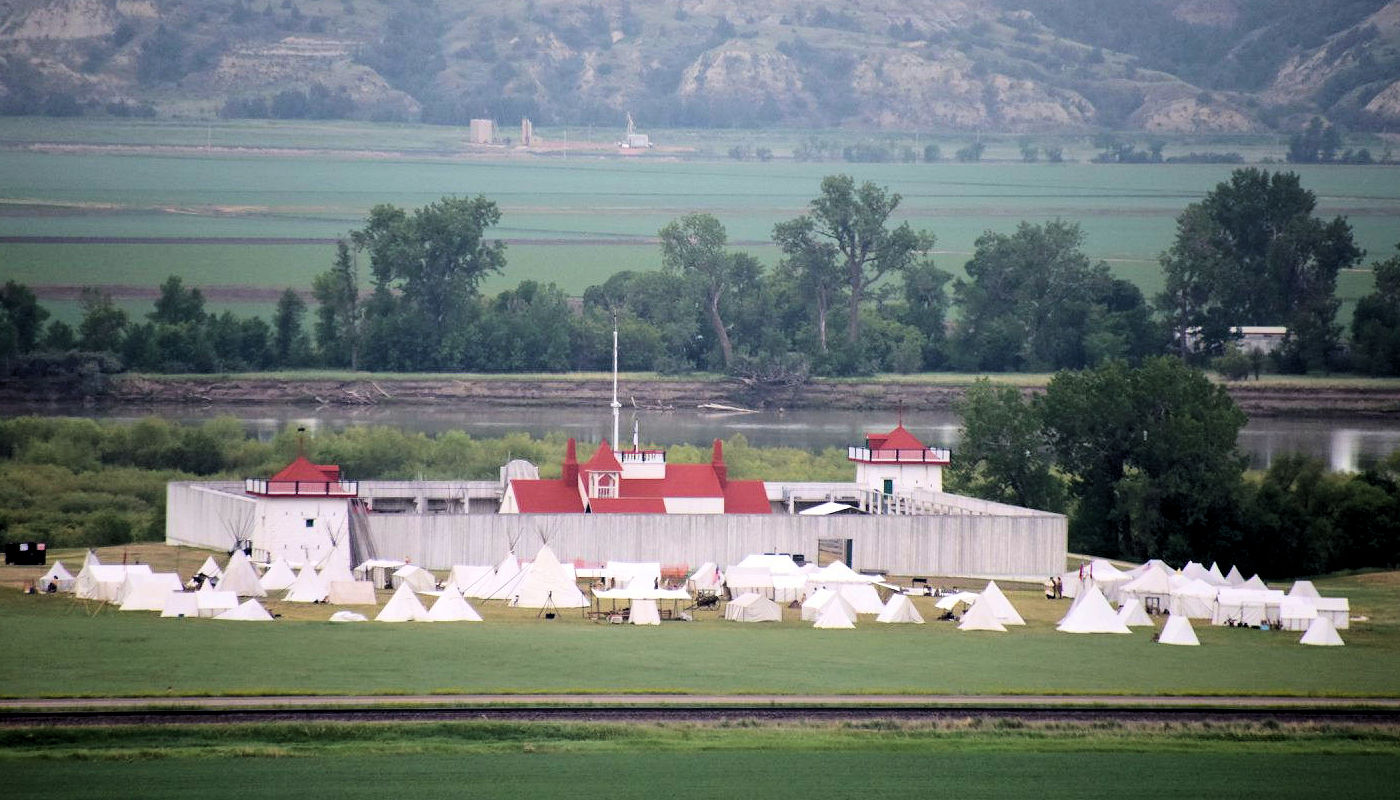Secrets Of Missouri’s Ancient River Trading Posts

Have you ever wondered about the hidden stories behind Missouri's ancient river trading posts? These historic spots along the Mississippi and Missouri Rivers were bustling hubs of activity centuries ago. Traders, explorers, and Native American tribes exchanged goods, stories, and cultures. Imagine the vibrant scenes of canoes filled with furs, beads, and tools, all bartered under the watchful eyes of early settlers. These trading posts were more than just markets; they were the lifeblood of early communities, shaping the region's history. Let's take a closer look at these fascinating places and uncover the rich heritage they hold.
Missouri's Ancient River Trading Posts
Missouri's rivers have long been vital for trade and travel. Ancient trading posts along these waterways played crucial roles in the state's history. Let's journey through some of these fascinating spots.
1. St. Louis
St. Louis, often called the "Gateway to the West," was a major hub for traders. Located on the Mississippi River, it connected the eastern United States with the western frontier.
- Historical Significance: Founded in 1764, St. Louis quickly became a bustling center for fur trading.
- Landmarks: Visit the Gateway Arch and the Old Courthouse to get a sense of the city's rich history.
2. Ste. Genevieve
Ste. Genevieve, the oldest European settlement in Missouri, offers a glimpse into early trading life. Situated on the Mississippi River, it was a key location for French traders.
- Historical Significance: Established in 1735, it was a vital spot for fur and lead trading.
- Landmarks: Explore the Bolduc House Museum and the Felix Valle House State Historic Site.
3. Cape Girardeau
Cape Girardeau, another important trading post, lies on the Mississippi River. It served as a crucial point for traders moving goods up and down the river.
- Historical Significance: Founded in 1793, it became a key location for agricultural trade.
- Landmarks: Check out the Red House Interpretive Center and the Cape River Heritage Museum.
4. New Madrid
New Madrid, known for its seismic activity, also played a significant role in river trade. Located on the Mississippi River, it was a strategic point for traders.
- Historical Significance: Established in 1788, it was a bustling trading post for fur and agricultural products.
- Landmarks: Visit the New Madrid Historical Museum and the Hunter-Dawson State Historic Site.
5. Kansas City
Kansas City, situated on the Missouri River, became a major trading hub in the 19th century. It connected traders from the east with those heading west.
- Historical Significance: Founded in 1838, it quickly grew into a key center for trade and commerce.
- Landmarks: Explore the Arabia Steamboat Museum and the National Frontier Trails Museum.
6. Boonville
Boonville, located on the Missouri River, was an essential stop for traders heading west. It played a significant role in the Santa Fe Trail trade.
- Historical Significance: Established in 1810, it became a key point for traders moving goods to and from the western territories.
- Landmarks: Visit the Katy Bridge and the Boonville Historic District.
7. Hermann
Hermann, nestled along the Missouri River, was a vital trading post for German immigrants. It became known for its wine production and trade.
- Historical Significance: Founded in 1837, it quickly became a center for wine trade and German culture.
- Landmarks: Explore the Hermannhof Winery and the Deutschheim State Historic Site.
8. Jefferson City
Jefferson City, the state capital, also played a role in river trade. Located on the Missouri River, it connected traders with the state's interior.
- Historical Significance: Established in 1821, it became a key point for trade and government.
- Landmarks: Visit the Missouri State Capitol and the Jefferson Landing State Historic Site.
9. St. Charles
St. Charles, another important trading post, lies on the Missouri River. It was a key location for traders heading west on the Lewis and Clark Expedition.
- Historical Significance: Founded in 1769, it became a crucial point for explorers and traders.
- Landmarks: Explore the First Missouri State Capitol and the Lewis and Clark Boat House and Museum.
10. Glasgow
Glasgow, located on the Missouri River, was a significant trading post in the 19th century. It served as a key point for agricultural trade.
- Historical Significance: Established in 1836, it became a bustling center for trade and commerce.
- Landmarks: Visit the Glasgow Depot and the Lewis Library.
Missouri's ancient river trading posts offer a rich tapestry of history and culture. Each location tells a unique story of trade, exploration, and community.
Missouri's Hidden Gems Await
Missouri's ancient river trading posts offer a unique glimpse into the past. These sites reveal stories of early settlers, Native American tribes, and bustling trade routes. Exploring places like St. Louis, Ste. Genevieve, and New Madrid brings history to life. Each location has its own charm, from historic buildings to fascinating museums.
Visiting these trading posts is not just about history. It's also about experiencing the culture, food, and natural beauty of Missouri. Whether you're a history buff or just looking for a new adventure, these hidden gems have something for everyone.
Plan your trip to Missouri's ancient river trading posts. Discover the rich heritage and vibrant communities that make this state special. Don't miss out on the chance to walk in the footsteps of those who shaped the region. Missouri's hidden gems are waiting for you.

